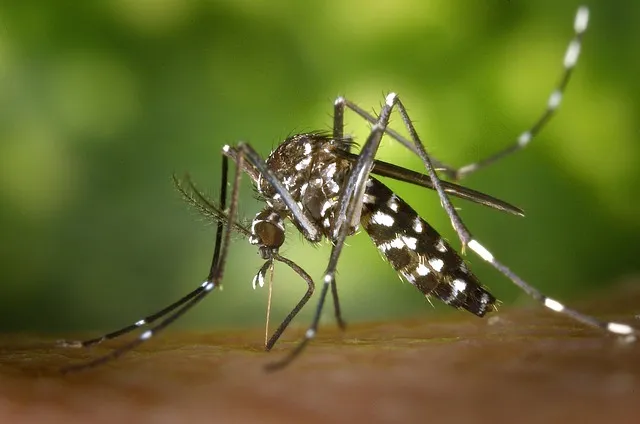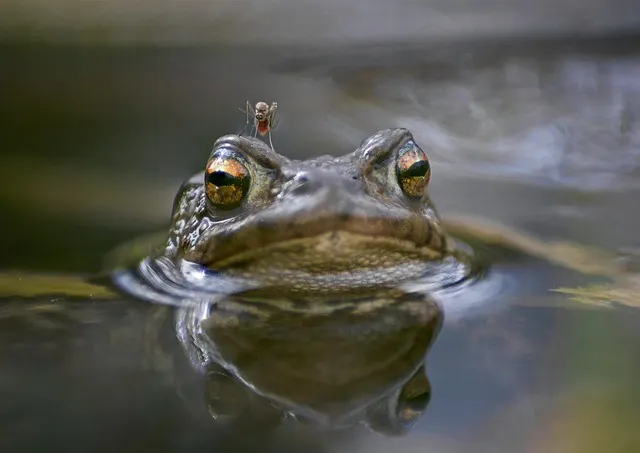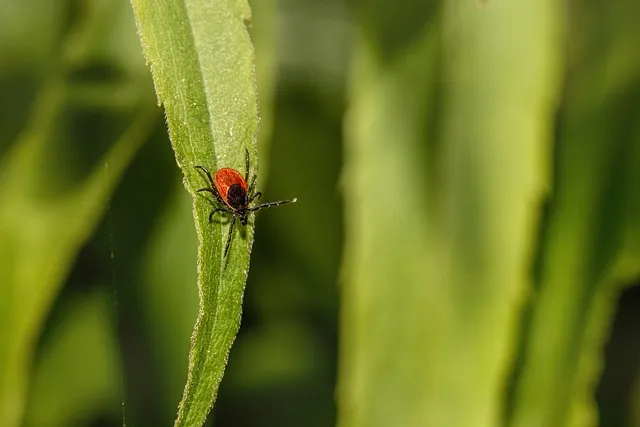Understanding the ecology of mosquitoes and ticks is vital for effective mosquito and tick control. These insects, integral to ecosystems, breed in stagnant water (mosquitos) and humid environments (ticks), spreading diseases like malaria, Zika, Lyme disease, and Rocky Mountain spotted fever. Targeted strategies include insecticides, larvicides, biological control, environmental modifications, and integrated pest management. Environmental factors like temperature and humidity significantly influence their behavior and distribution. Homeowners can protect themselves through standing water elimination, yard maintenance, natural repellents, and professional eco-friendly treatments. Natural methods like essential oils, plants, ladybugs, and lacewings are gaining popularity for safer alternatives. Community-based programs, focusing on education, collaboration, and integrated pest management techniques, are effective in minimizing chemical usage while prioritizing health.
In the great outdoors, mosquitoes and ticks aren’t just nuisances; they pose significant health risks. Understanding their ecology is crucial for effective mosquito and tick control. This guide explores a comprehensive range of strategies, from common methods to environmental influences, offering targeted solutions for homes and yards. We delve into natural repellents, community programs, and the latest techniques to help you manage these pests safely and responsibly, ensuring a healthier outdoor experience. Discover expert advice on mosquito and tick control here.
Understanding Mosquito and Tick Ecology

Understanding the ecology of mosquitoes and ticks is a critical first step in implementing effective mosquito and tick control measures. Mosquitoes and ticks are integral parts of ecosystems, serving as food sources for various predators and playing roles in nutrient cycling. However, their rapid reproduction and feeding habits can lead to outbreaks that pose significant health risks to humans, pets, and wildlife.
Mosquitoes breed in stagnant water bodies, laying their eggs in these areas. Adult mosquitoes are attracted to carbon dioxide, body heat, and certain chemicals on the skin, making them potent vectors for diseases like malaria, dengue, and Zika virus. Similarly, ticks thrive in humid environments and seek hosts for feeding and reproduction. They can transmit various diseases, including Lyme disease, Rocky Mountain spotted fever, and anaplasmosis, posing dangers to both humans and animals. Knowledge of their habitats, behavior, and life cycles enables the development of targeted control strategies, ensuring safer and healthier communities.
Common Mosquito and Tick Control Methods

Many communities face the annual challenge of managing mosquito and tick populations, which can be daunting tasks due to their impact on public health and outdoor activities. Fortunately, several effective control methods are available, each offering unique advantages. One of the most common approaches involves the use of insecticides, applied either as sprays or larvicides to target adult mosquitoes and ticks. These chemicals can significantly reduce their numbers in treated areas.
Another widely used technique is biological control, where natural predators like birds, bats, and certain insects are encouraged or introduced to feed on mosquito and tick larvae. This eco-friendly method leverages the existing balance of nature to control these pests. Additionally, modifying the environment plays a crucial role; eliminating standing water, where mosquitoes breed, and maintaining proper landscaping can disrupt their life cycles. These integrated pest management strategies, combining chemical and natural interventions with environmental adjustments, form the backbone of effective mosquito and tick control programmes.
The Role of Environmental Factors in Mosquito and Tick Populations

Environmental factors play a pivotal role in shaping the populations of mosquitoes and ticks, the pesky vectors of various diseases. Factors such as temperature, humidity, and rainfall significantly influence their breeding and activity patterns. For instance, warmer temperatures accelerate mosquito development, leading to increased breeding and faster adult emergence. Similarly, high humidity levels create ideal conditions for tick survival and reproduction.
These external variables also dictate the distribution of mosquito and tick species. Certain species thrive in specific climates, causing local variations in their prevalence. Understanding these ecological relationships is crucial for implementing effective mosquito and tick control strategies. By monitoring and managing environmental conditions, local communities can significantly reduce the risk of vector-borne diseases transmitted by these insects.
Targeted Mosquito and Tick Control Strategies for Homes and Yards

When it comes to protecting your home and yard from mosquitoes and ticks, targeted strategies are key. This involves a multi-faceted approach that combines several effective methods. One crucial tactic is eliminating standing water, as mosquitos breed in stagnant water sources. Regularly emptying flowerpots, birdbaths, and other containers can significantly reduce mosquito populations. Additionally, maintaining a neat and trimmed yard, removing heavy foliage, and mowing grass regularly creates an environment less conducive to these pests.
Integrating natural repellents like citronella plants, lavender, and marigolds into your landscape can also serve as a mosquito and tick control measure. On a larger scale, professional services offer targeted treatments using eco-friendly products that are safe for both people and pets. These applications focus on entry points, window wells, and areas where mosquitoes and ticks are most likely to rest and breed. Regular maintenance ensures ongoing protection, making it an excellent solution for those seeking long-term mosquito and tick control.
Natural and Organic Mosquito and Tick Repellents

Many homeowners are turning to natural and organic mosquito and tick control methods as a safer alternative to conventional pesticides. These repellents offer an effective way to manage these pests while minimizing potential harm to humans, pets, and the environment. Plant-based essential oils like citronella, lavender, and peppermint have long been known for their ability to ward off mosquitoes and ticks. When applied topically or diffused, these oils create a protective barrier, making them excellent natural mosquito and tick repellents.
In addition to essential oils, certain plants act as natural barriers against these pests. Planting species like marigolds, basil, and lemongrass around your property can help deter mosquitoes and ticks due to their strong scents. Some organic control methods also involve using beneficial insects, such as ladybugs and lacewings, which feed on mosquito larvae and adult ticks, respectively. These natural approaches not only reduce the need for chemical treatments but also promote a healthier and more balanced ecosystem.
Community-Based Mosquito and Tick Management Programs

Many communities are now embracing Community-Based Mosquito and Tick Control programs as an effective strategy to manage these pests. These initiatives involve local residents, businesses, and government agencies working together to reduce mosquito and tick populations. By collaborating, they can identify breeding grounds, implement best practices for prevention, and respond swiftly to any outbreaks. Educating the community about the importance of removing standing water, using personal protection measures, and reporting suspected cases is a key aspect of these programs.
Such programs often include integrated pest management techniques, such as biological control (using natural predators), larvicides, and targeted adulticides. By combining these methods, communities can create a more sustainable and environmentally friendly approach to mosquito and tick control, ensuring the health and well-being of residents without resorting to excessive chemical usage.
